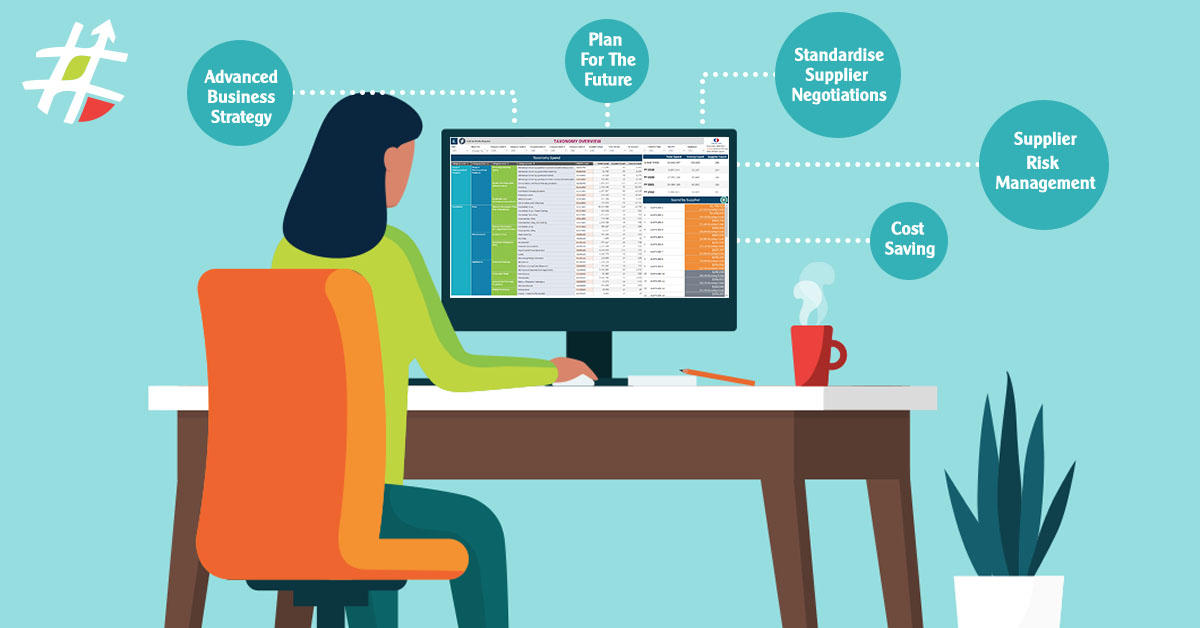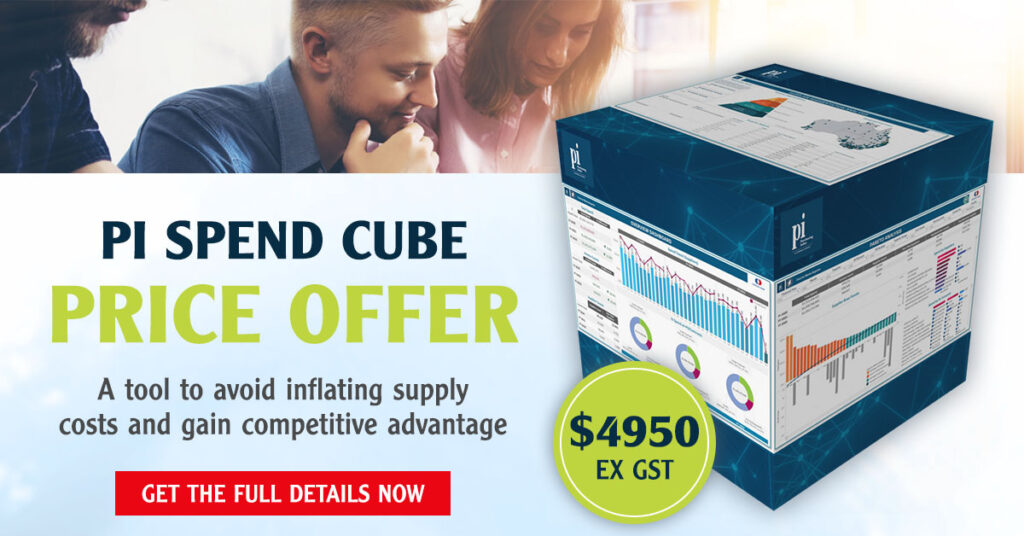
The second edition of our Data Suite Series takes a look at data categorisation and the benefits of developing a procurement taxonomy.
Data categorisation. It’s what every procurement team wants. It’s the next stage after a spend analysis, and it’s where the presentation of data starts yielding really useful and actionable information. With the right categorisation, you can answer the two most important questions in procurement:
What are the categories that we buy?
Who do we buy them from?
Data Categorisation for Procurement
The modern organisation is built on data. Supply data, product data, service data, financial data, internal and external data… The problem isn’t acquiring it. It’s sorting it.
In most organisations, data is optimised and sorted for the accounting department. This form of classification is useless to procurement; it doesn’t categorise in a manner that allows for market-approach strategising, and it doesn’t have a taxonomy that goes deep enough.
A procurement taxonomy is far more detailed than a general ledger. This is about getting down to line-item level. If the business is a hospital, how much is being spent on sutures? And how many vendors are currently under contract for that product? This is the information that procurement needs in order to build strategy.

The above image is a detailed example of the type of procurement taxonomy we can build for you. Your spend can be spread across four levels of category, including a direct mapping to UNSPSC taxonomy codes and then broken down by total spend, the number of invoices and the number of suppliers engaged.
Broken down like this, procurement can look at the spend data and quickly identify which categories are too big or complex for a market approach, and the categories that would be highly appropriate. With this level of categorisation, a procurement officer can market test a particular product or service which they can easily visualise and define.
The benefits of data categorisation
- Cost saving opportunities
With data now organised into categories that make sense to procurement, category managers can leverage their expertise and experience to provide insights and gain cost savings. Is it better to buy or lease a particular product or service? Are there too many suppliers engaged in one category? Alternatively, should we be broadening the supplier base?
- Supplier risk management
This level of procurement categorisation allows a company to see exactly which suppliers are engaged within which categories. The risk one supplier presents can then be compared against others in the same category. The information this benchmarking provides can then be used to re-negotiate with current suppliers when contracts are up for renewal, or be used to approach the market.
- Standardise supplier negotiations
Developing a process to approach a supplier in a particular category takes time. A huge benefit of data categorisation is that this process can then be applied to other suppliers in the same category, streamlining the process.
- Plan (and negotiate) for the future
Data categorisation allows a business to plan for the future. Instead of purchasing for the short term (and paying more), procurement can negotiate long-term deals with suppliers. Suppliers love knowing they will have a certain income for the foreseeable future, and will almost always show their appreciation with discounted prices.
- Advanced business strategy
Category management powered by this sort of data categorisation can provide tremendous support for developing overall business strategy. If, say, a company identifies an area in which they want to invest more heavily, they can use the information and expertise of the relevant category manager to help inform their approach.

PI Data Analytics can…
Developing this level of procurement taxonomy is a big job. This stage of the data suite process is the most time-intensive, but the rewards are commensurate. Without data categorisation based on a procurement taxonomy, the procurement function is very limited. With it, category and supplier management can be carried out in a strategic and risk-minimising manner. Beyond that, every facet of the organisation has the potential to be impacted beneficially as well.
Get in touch with the team at PI Data Analytics to see the specific benefits of procurement data categorisation for your organisation.
Be on the lookout for our next edition in our Data Suite Series, where we take a deep dive into how spend analytics can revolutionise your compliance reporting.
Get Procurement Insights That Matter
Join 10,000+ procurement professionals getting monthly expert cost-optimisation strategies and exclusive resources. Unsubscribe anytime.
Join








